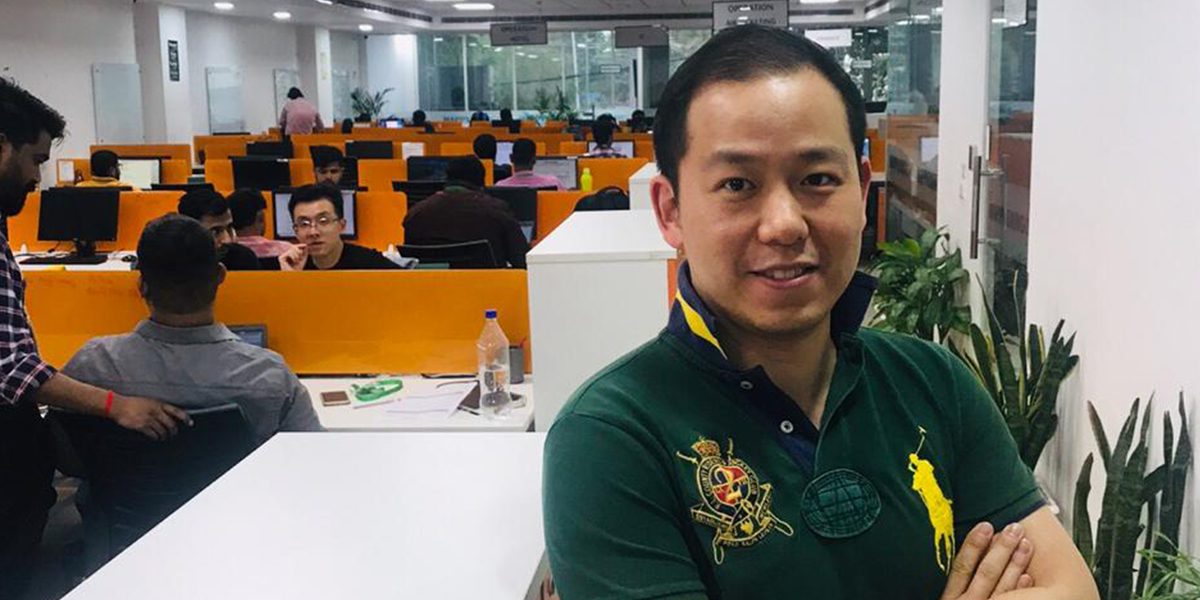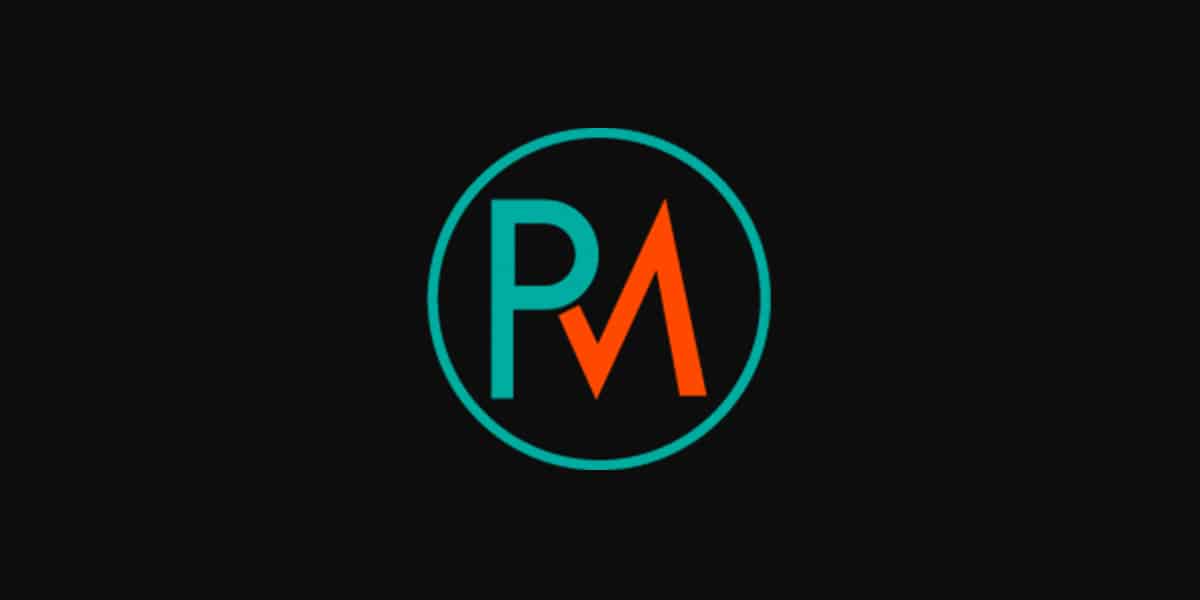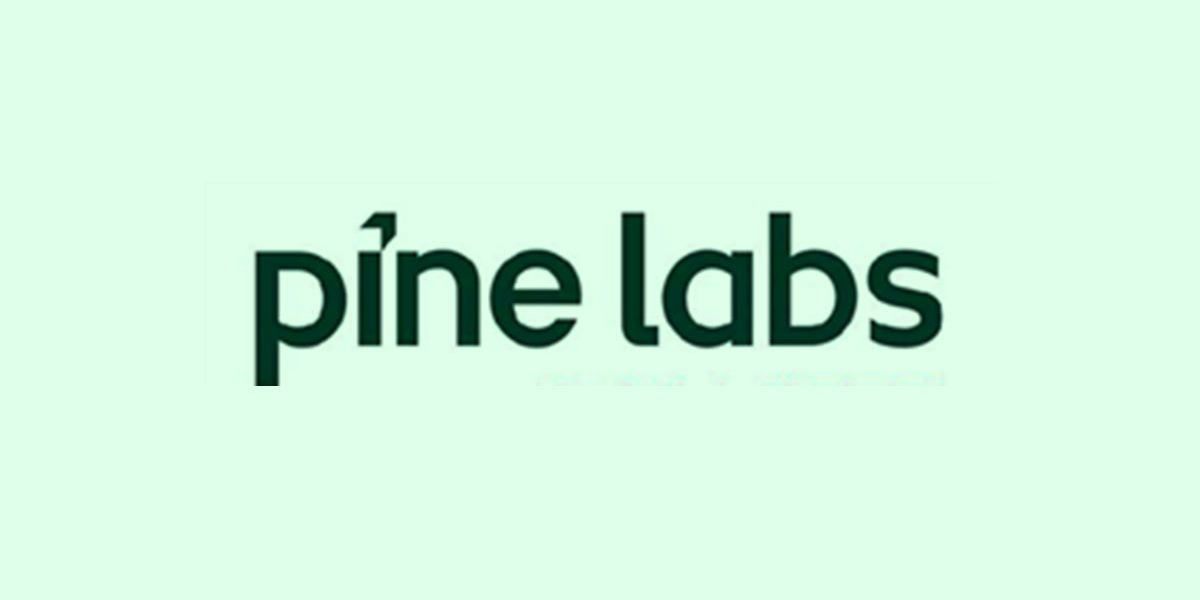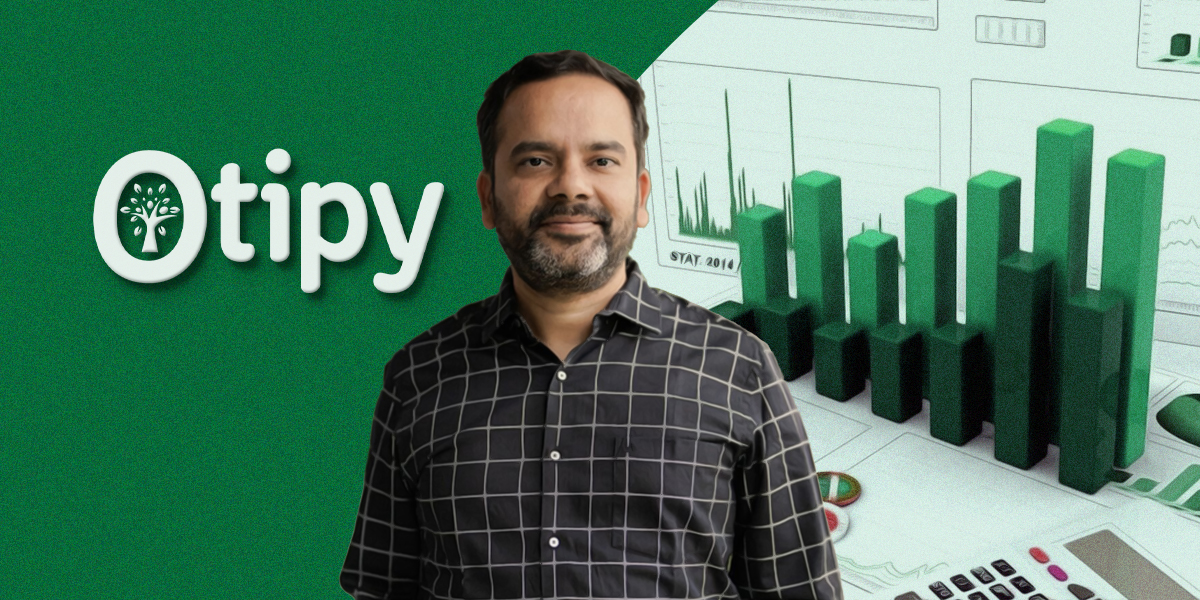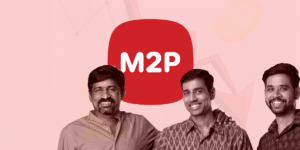MakeMyTrip-Goibibo has turned the largest online travel and hotel business with about 5X jump in volume post consolidation as compared to the company next in line – Yatra. In fact, the gap is slated to widen further as other companies in the space are grappling with lack of funding amidst onslaught from Go-MMT.
A macro observation of OTA and online air ticketing business (except hotel bookings) in India hint that Go-MMT is the segment leader, followed by Yatra as the second. However, a little known HappyEasyGo is nipping at Yatra’s heels and is likely to snatch the second spot from the public firm in air-ticketing genre soon.
“We are booking 25,000 tickets a day at the moment and are confident that we’ll surpass Yatra’s volume by the end of May,” said Boris Zha, founder and CEO HappyEasyGo. The two years old Singapore-based company seemingly had an impressive ride so far in the Indian OTA space.
Zha claims that the firm has grown about 12-15 per cent every month in terms of flight booking in FY19. Although he didn’t share the numbers of daily bookings it used to execute during January-February 2018, according to Entrackr’s estimates it must be in a range of 2,000-2,500 at that time.
For perspective, during quarter third (Q3, Oct-Dec 2018 period) Yatra revealed that it had processed 2.5 million tickets. This essentially asserts the fact that it was booking little over 27,000 air tickets everyday. While quarter 4 result is yet to be filed by Yatra, Zha’s claims of dethroning Yatra from the second spot seems promising.
Unlike Go-MMT and Yatra who are online travel agents (OTA), HappyEasyGo is essentially an online travel platform (OTP). OTA directly deals with airlines while OTP entails partnership with travel agents. “We work with about 25 online and offline travel agents and will take this figure to 100 by the end of 2019,” said Zha in an exclusive chat with Entrackr.
The company is also exploring avenues to work with airlines directly. Late last year, HappyEasyGo got into hotel vertical and Zha is assured that it will soon become the second largest player in hotel booking.
“We do a little over 1,000 hotel bookings a day and has a well-crafted plan to reach 10,000 tickets everyday in the next four to six months,” added Zha.
So far, HappyEasyGo has onboarded Fabhotels, Lemontree, Sheraton, Golden Tulip, Holiday Inn, Crowne Plaza and several hundreds of small hotel brands across 82 cities.
According to Zha, about 80 per cent of air ticketing volume comes directly from individual consumers. Corporations and businesses account for the rest 20 per cent of HappyEasyGo’s air ticketing volume.
When asked about plans of investment and acquisition of local startups in the travel domain, Zha asserts that there is no such plan. However, the company may back travel agencies (both online and offline). “If we find value in travel agencies then we are open to investing in them,” said Zha.
HappyEasyGo has raised over $130 million from a clutch of investors including Samsung. Recently, it raised anywhere between $35 to 50 million from Korea Investment Partners (KIP) and 10 Fund, Homshin Partners, Zero2IPO capital, CV Capital and others.
Given that HappyEasyGo has been claiming impressive growth in air ticketing and has also begun hotel bookings, its affirmation of surpassing Yatra’s volume in a few months seems like an intriguing possibility in the least.
Despite early momentum in air-ticketing space, HappyEasyGo has to go a long way to get a strong grip on the pulse of Indian online travel business. Owing to a wafer-thin margin in air ticketing, established players have been churning more revenue from hotel booking and aligned services.
According to Q3 2019 financials, Go-MMT earns about 33 per cent of revenue form air-ticketing while rest comes from accommodation and packages.
When it comes to having an upper hand in accommodation aggregation space, Go-MMT has moats because of brand value, OYO (exclusive partner) and corporate (demand side).
If HappyEasyGo has any aspiration to fight Yatra and leader Go-MMT in an extended rivalry, then it must devise a long drawn blueprint to be executed by local leaders and of course, raise hundreds of millions (maybe billions) of USD.


